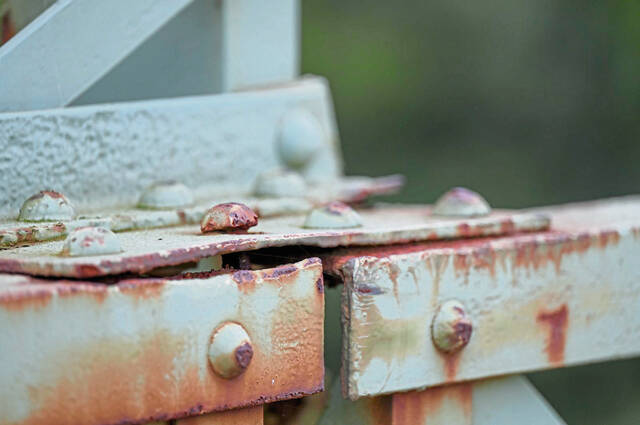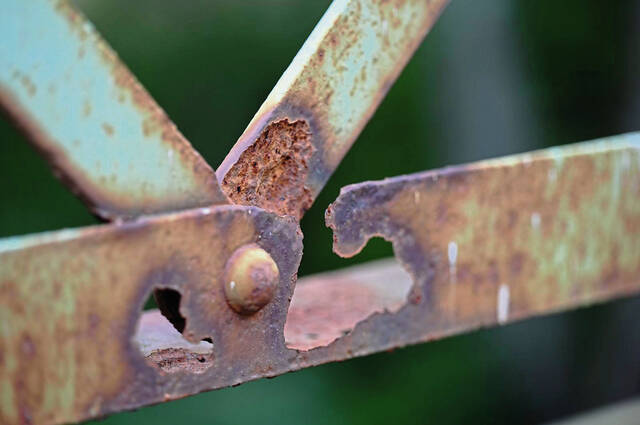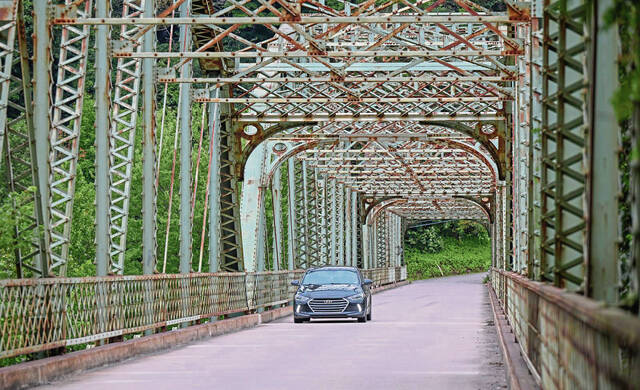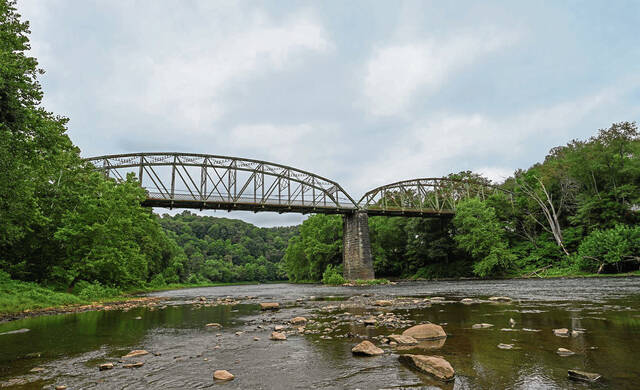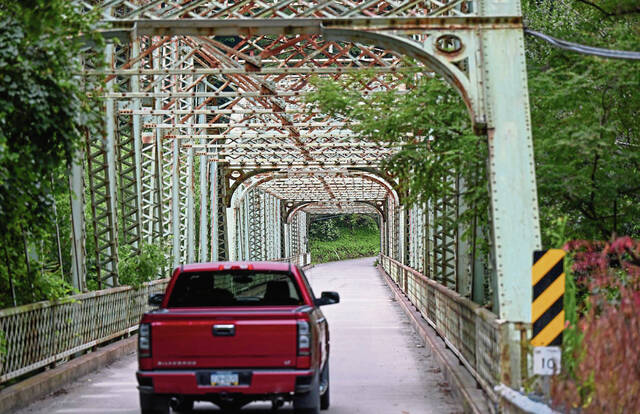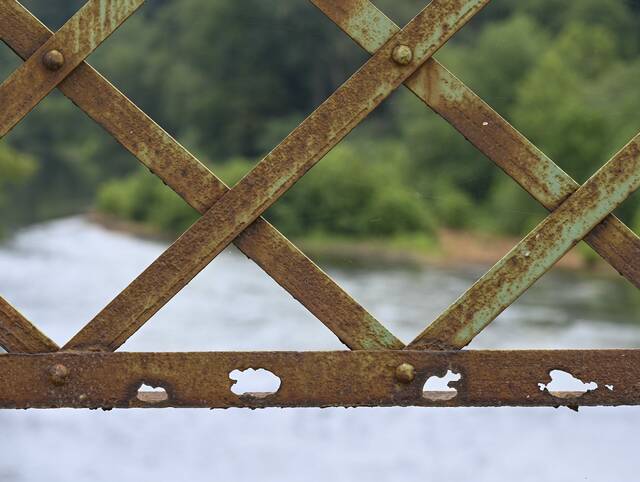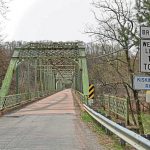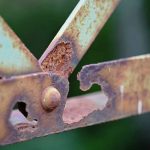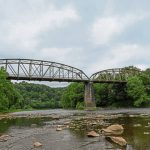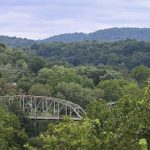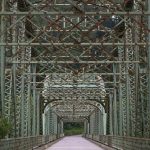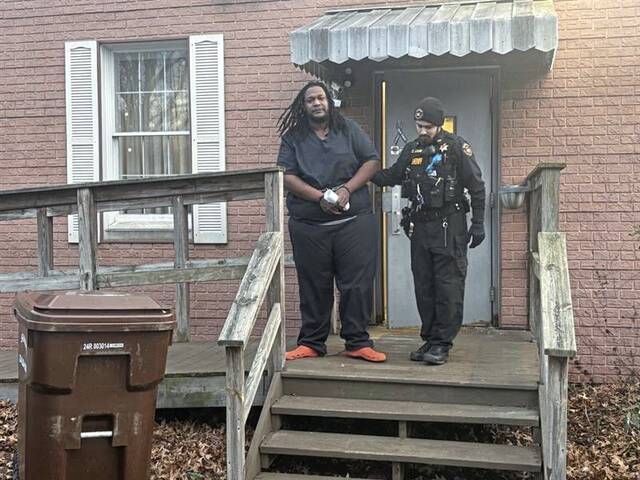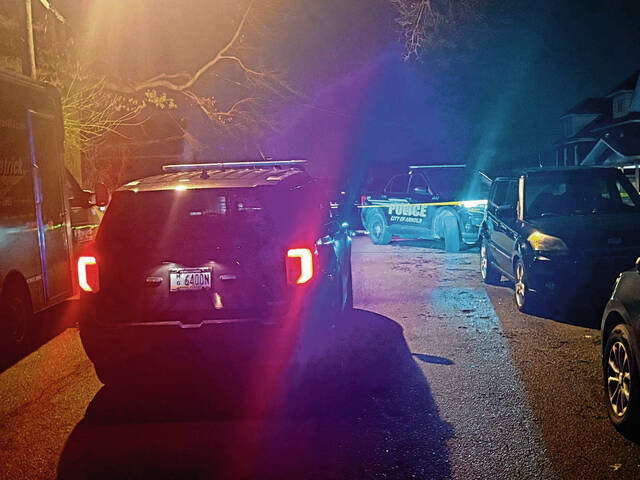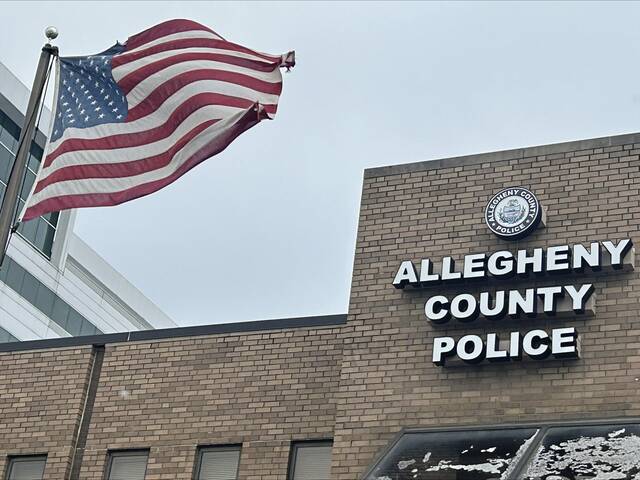The historic Salina Bridge connecting Kiski and Bell townships will be replaced with a modern bridge, maybe as early as 2024.
And the new bridge won’t be built in the same spot as the existing one.
The exact dates are not set in stone, but Troy Pitts, PennDOT project manager, said work is projected to start in the Spring of 2024.
The bridge carries Bridge Street over the Kiski River and Norfolk Southern Railway tracks in Bell and Kiski townships.
Built in 1906, the bridge was last rehabilitated in 1978.
Five years ago, community members, the Bell Township Fire Department and PennDOT worked together to come up with ways to restore the historic bridge.
PennDOT began to solicit consulting parties for the Salina Bridge project in February 2016. There were three main consulting party meetings that occurred on June 22, 2017; October 2, 2018; and June 26, 2020.
Information regarding the bridge’s history and PennDOT’s involvement can be found in a story map available on its website.
Pitts said the project went through an extensive analysis to determine if the span should be rehabilitated or replaced.
The bridge is eligible for listing on the National Register of Historic Places, and Pitts, said, “we give it due respect.”
PennDOT’s cultural resources staff explained the bridge is a significant landmark for the community not only because of its age but because of its engineering.
The Salina Bridge is a pin-connected Parker Truss bridge, a model that became popular in the United States in the mid-1800s.
Bell Township officials were invited to meetings held by PennDOT and were provided the opportunity to comment via email on PATH (the Pennsylvania Transportation and Heritage website) on all reports, findings and information produced regarding the bridge and its rehabilitation.
However, after metal sampling, cost comparisons and meetings with interested local people, PennDOT and the Federal Highway Administration decided replacing the bridge was the best option.
“The preservation of historic structures is always an important consideration for the Department,” said Keith Henrich, Historic Preservation Specialist at PennDOT. “Unfortunately, in the instance of the Salina Bridge, the Department was unable to find another party to take ownership of the existing bridge and will not own a bridge that is not in transportation use.”
Deconstruction was authorized by an agreement between PennDOT, the Federal Highway Administration and the State Historic Preservation Office.
Construction efforts are estimated to cost about $30 million.
Right now, the bridge carries about 700 cars a day but can’t handle the weight of vehicles over 10 tons.
Moving the bridge site
Upon considering local concerns about detours and increased commuting times, PennDOT decided to replace the bridge about 100 feet away from its current location, so the existing bridge can remain open during construction.
A similar method was used when the Hulton Bridge in Oakmont was replaced in 2013-2015. Once the new bridge is complete, the approach roads leading to it will be realigned and traffic can then use it.
Pitts explained improvements to the new bridge will include the implementation of three span steel girders, two 11-foot lanes and two 5-foot shoulders.
“Right now, the bridge is very narrow,” Pitts said. The improvements will make the bridge 32 feet wide.
When the bridge is torn down, PennDOT will be donating several pieces of the bridge to a local group for public display.
In addition, several pieces of the bridge with maker’s marks (stamped into the metal) from the steel manufacturers, specifically Jones and Laughlin Steel Corporation, Bethlehem Steel, Carnegie Steel Company, and the Cambria Iron Works, will be salvaged and donated.
Interpretive panels will be installed along the local trail system, and will include information on the historic Salina bridge, the Western Pennsylvania Railroad, and the history of the local communities near the bridge.



